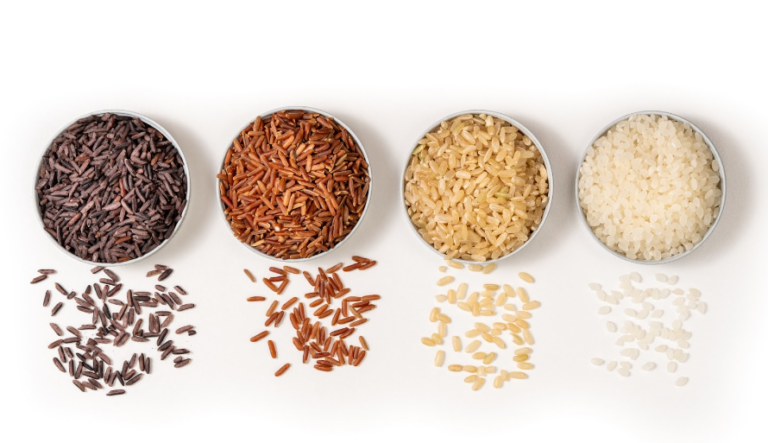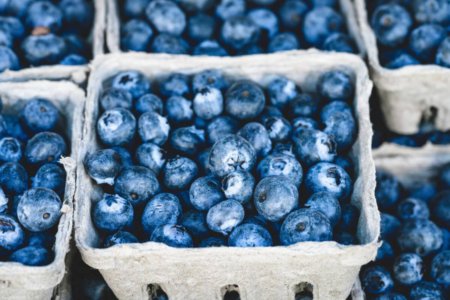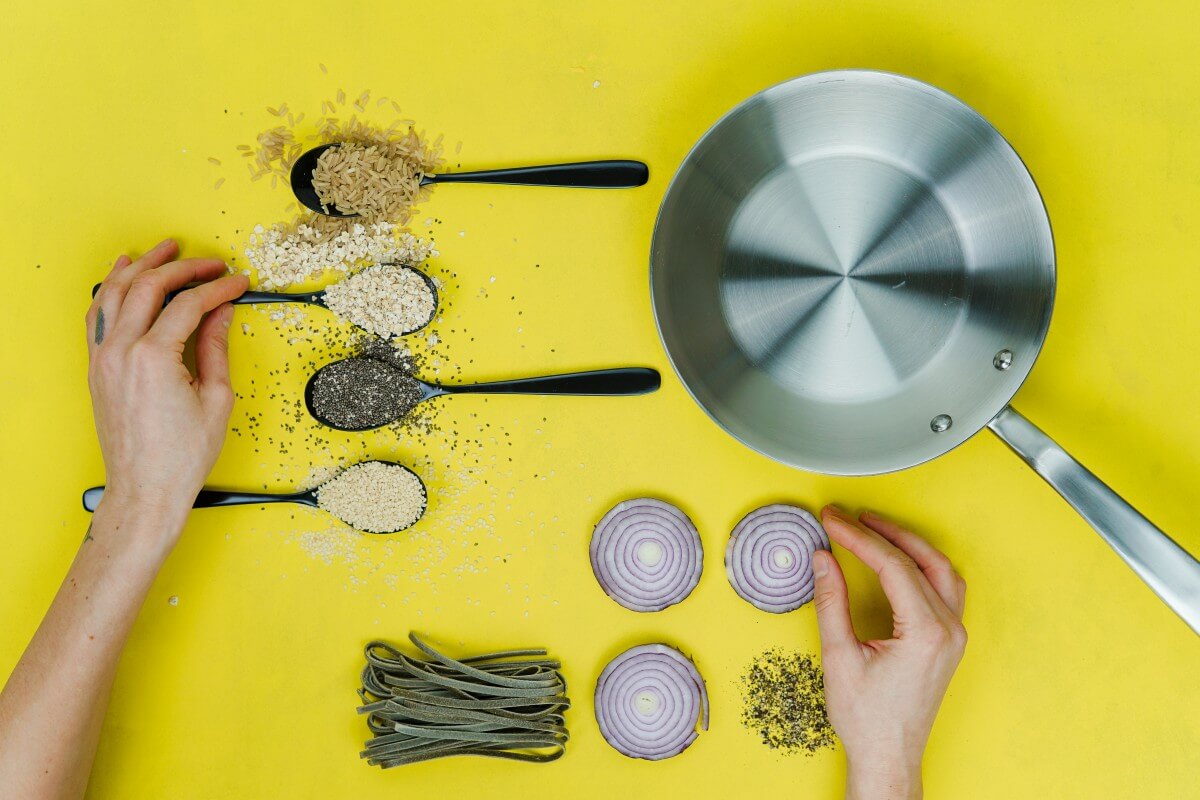
If you’re studying for an upcoming exam, you might want to look for good brain food to supplement all that studying you’re doing. Leafy green vegetables, nuts and dark chocolate might be some of the food that come to mind, but what about a serving of steaming, hot rice?
According to National Geographic, rice is a food staple for more than three billion people worldwide. It has been cultivated in Asia for thousands of years, but many are still divided about its benefits, with some claiming that it is a “bad carbohydrate” that causes weight gain.
This versatile and affordable grain, however, can be a good source of nutrients. Carbohydrates contain glucose, an important source of energy for the body. Unprocessed rice is also gluten-free – which is good news for those with celiac disease. It is important to note that there are more than 40,000 varieties of rice available, and each type has its own pros and cons.
Even white rice has its perks – it is high in folate (also known as vitamin B-9), the vitamin that aids red blood cell formation and healthy cell growth and function. Wholegrain rice, however, is considered a healthier option.
In general, wholegrains can reduce the risk of heart disease by promoting good blood flow to the organ system, especially the brain. But should wholegrain rice be considered good brain food? Here’s what we know:

This zero-cholesterol wholegrain is as nutritious as it is delicious. Source: Shutterstock.
Is rice good brain food? Here’s what science says
Brown rice
Brown rice may help with weight loss, has no cholesterol and can reduce one’s overall risk of neurodegenerative disorders. But here’s what people don’t know about consuming brown rice: it can improve cognitive performance. A study in 2016 found that germinated brown rice protects the brain from oxidative stress, which is beneficial for those at risk of contracting diseases like Parkinson’s or Alzheimer’s.

The lesser-known cousin of the wholegrain family – red rice. Source: Shutterstock.
Red rice
The red pigment found in red rice is actually because of its anthocyanin content, a compound that exhibits strong antioxidant activity. Antioxidants — molecules that fight free radicals in your body — help prevent diseases such as diabetes, heart disease, and even cancer.
If you’re wondering whether the colour red benefits the blood in your body in any way, you are right: red rice is jam-packed with iron, and consuming it daily can help in absorption of oxygen. Just a small cup of red rice can already fulfil three percent of your daily iron requirement, doing wonders for people who suffer from anaemia. Healthy blood flow translates to better oxygen flow, improved breathing, and brain functioning.

Black rice is packed with antioxidants, making it effective in combating diseases such as Alzheimer’s. Source: Shutterstock.
Black rice
Commonly known as “forbidden rice”, black rice also has high anthocyanin content. This potent antioxidant is the same phytonutrient responsible for giving blueberries — another example of a brain food — their deep blue hue. Spoon University notes that black rice has a higher anthocyanin content than black and blue berries, making it more effective in combating oxidative stress in the hippocampus – the part of the brain that is under attack most with diseases like Alzheimer’s.

Found in northern Minnesota, real wild rice is harvested by hand and dried over fire. Source: Shutterstock.
Wild rice
Arguably the best of the best weight watcher, wild rice is also known to promote brain health. Filled with a number of B vitamins, wild rice helps increase metabolic function (how cells obtain energy) the way white rice does. Since the area that demands the most energy is the human brain, maintaining proper levels helps the brain function at maximum capacity.
Whether you’re preparing for an exam or looking for good brain foods to add to your diet, give one of these wholegrain rice options a try.










